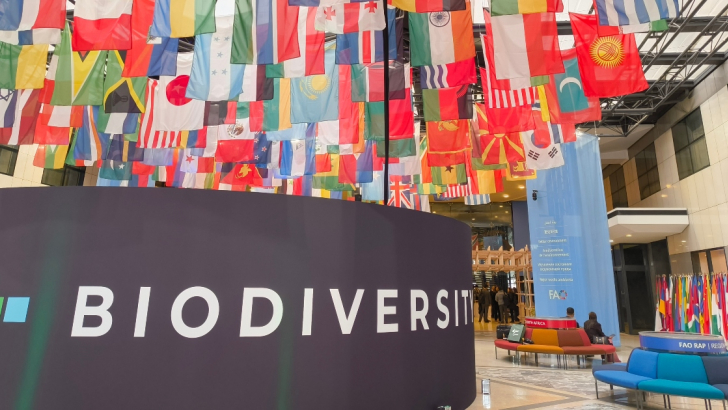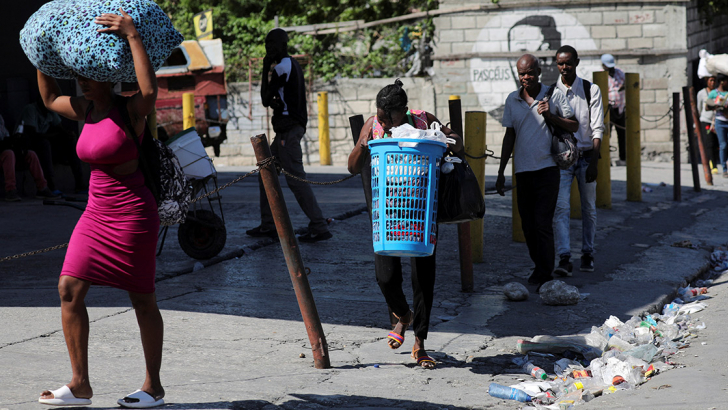
Test, vaccine, virus, and more… patients, universities, studies; these are just a few examples of the words found in Italian newspapers related to the world of science that characterised the 2020 pandemic. Some words, such as 'coronavirus' have now become part of our vocabulary. Other words, such as 'virus' or 'vaccine', have taken on a completely new meaning compared to past years. These are the findings from Pa.S.T.I.S. (Padua Science, Technology & Innovation Studies) a social sciences research unit from the University of Padua coordinated by Federico Neresini resulting from their finding in the first TIPS project report (Technoscientific Issues in the Public Sphere).
A net change
In 2014, the TIPS project began to study information available on digital platforms by tracking the quantitative presence and qualitative evolution of techno scientific issues with the public discourse. The introduction of the report states, "Space exploration, environmental issues, and neuroscience were the three long-term issues that fuelled techno-scientific subject matters in the media. Such subjects have been profoundly downsized and redefined in their content while other subjects have been left behind, making space for others." This remaining space has now been taken up entirely by the pandemic.
The researcher group measured the presence of issues related to the pandemic using saliency detection, i.e. the ratio between the shares of articles characterized by a particularly significant techno scientific content from the total number of articles published by the same newspapers in the same period. In this way, it is possible to "weigh" science with respect to other published topics.
Overall, the salience of scientific topics has gone up from an average of 4.49 in the 2016-2019 period to 5.84 in 2020. This is in contrast with a steady decline recorded in 2017 that went from 5.32 to 4.97 in 2018 and 4.50 in 2019 respectively. This is even more evident when comparing the salience of 2020, the year of the pandemic, with the average of all four previous years.
However, the effect of the pandemic printed on the pages of Italian newspapers vary according to which of the eight newspapers are taken into consideration. For example, la Repubblica holds a consistent position as a newspaper that deals with several topics related to science, while il Giornale increased its coverage of scientific topics more than any other newspaper.
Covid-19 words
The pandemic pushed major Italian newspapers to publish more scientifically related articles, and in particular, words related to the coronavirus have by far dominated all scientifically related articles in 2020. The TIPS project collected data from newspaper articles by measuring the frequency of words printed of a scientific nature. During the 2016-2019, the first ten words related to science were related to artificial intelligence and neuroscience (brain, artificial, intelligence), along with a strong interest in children and health (virus, tumour).
In 2020, many top words disappear, replaced by other words such as tests, vaccines, and coronavirus, hence, pandemic words. However, due to the pandemic, we also saw a repositioning of some words that have taken on different meanings and interests. This applies to viruses, which jumped from eighth to third place, as well as for universities and studies. The word children saw a significant increase during the first phase of the pandemic. This was due to concerns and questions of whether, and to what extent, children were exposed to the infection, and if they could become carriers.
Another measure: topics
Researchers from the TIPS report also used another technique to analyse the effect of the pandemic on science in newspapers. "When working with a large collection of texts (corpus), such as that in the TIPS report, computerised analytical tools must be used, including a topic modelling tool that was developed to reveal the topics contained in any given text."
Each topic holds a weight that is calculated based on its probabilistic basis, which then returns its relevance in comparison to others. Topics are organised as a series of words according to a value that indicates their importance in identifying the topic itself.
The relative weight of the topic ‘infectious diseases, viruses, and pandemics’ (93.06) is three times that of ‘vaccine research’ (28.06). Together with "epidemiology and laboratory analysis", these three topics have lead science communication for 2020. If ‘infectious diseases, viruses, and pandemics’ and ‘epidemiology and laboratory analysis’ are specific topics of 2020, (see the topic composition on the next page), then the effects of the pandemic have caused newspapers to focus on science leading to a significant reassignment of words that make up the topic “vaccine research.” Covid-19 has brought a new meaning to a topic already represent in newspapers, the topic of ‘vaccines’ have become synonymous to ‘coronavirus vaccines.’
On the other hand, the weight of two well-represented topics from previous years, ‘telecommunications and digital’, as well ‘oncology’ (regarding health) that have been removed as topics and replaced by the pandemic.
Uncertain future
It has become clear that the media is an ‘effective thermometer’ of society. In fact, the researchers who published this report say that, ‘if our society has been redesigned to contain the contagion then public communication of techno scientific issues have also been significantly modified.” In light of this data, one question remains, how will the post-pandemic phase take shape? Will traditional, more explored, issues return or will the effects of the pandemic last longer? Only the analyses from TIPS in the coming years will tell.




